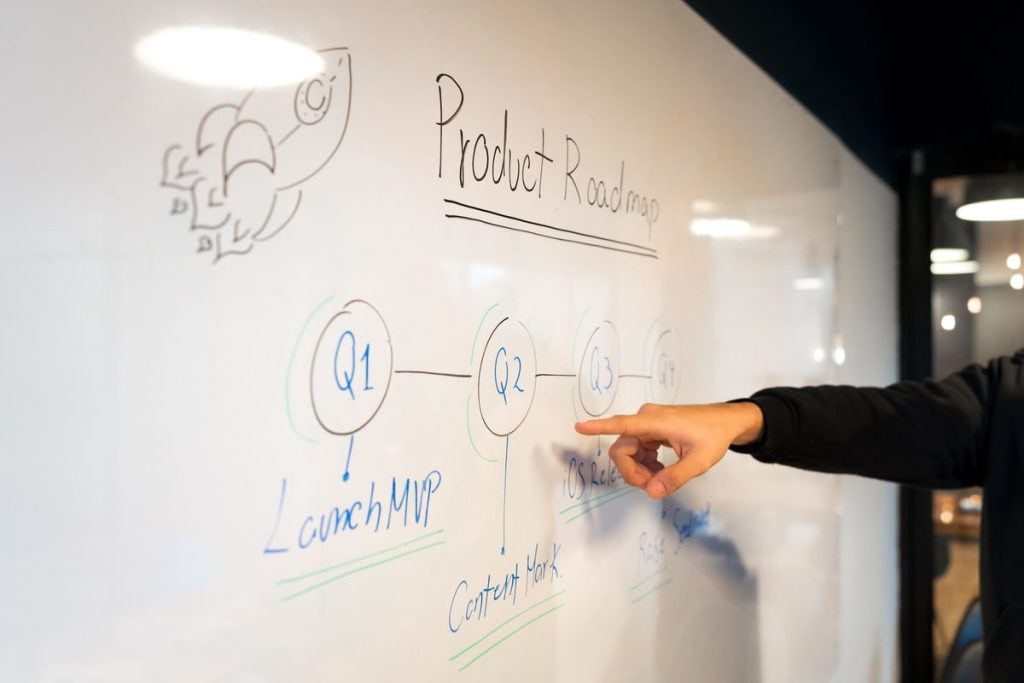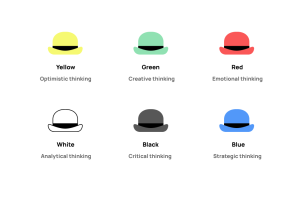Sprint management: what it is and why

A sense of chaos in the workplace is caused by a lack of regular discussion of work processes, and by no one in management checking against goals and asking “Are we going in the right direction?”. As a result, most decisions are made hastily, randomly, without facts and data.
Employees are solely in the worlds of their own responsibilities and tasks assigned by their superiors. The task of the manager is to link the actions of the team to the overall goal of the company. This requires seeing the whole picture to understand what went wrong, at what stage problems arose and what needs to be corrected.
There is a solution – implementation of a clear management and communication system. However, many companies neglect it, as there is a feeling that the invested resources will not pay off, and the resulting effect will be insignificant. In particular, this happens when implementing agile methodologies. Many principles remain unclear, and instead of simplification, work processes only become more complex.
What is a sprint
A sprint in time management is a time interval during which specific tasks are accomplished. A sprint can last from one week to an entire month, depending on what tasks need to be completed and how often participants need to synchronize. At the end of such an iteration, the results are summarized and employees provide the finished result.
Sprint is one of the key elements of SCRUM – project management methodology, a framework for Agile work. According to the SCRUM concept, all project work is divided into sprints: after one sprint is completed, another sprint begins. The cycle continues until the project is completed. The division of work into stages allows the team to become more flexible and easily adjust to customer requirements, customer demands or changes in the market.
A sprint is needed to turn a complex unwieldy project into a series of understandable tasks. For each iteration, tasks are defined that the team can accomplish in the allotted time. This way, employees can focus on smaller tasks rather than tackling the entire project at once. By dividing the work into smaller parts, the team works more efficiently and delivers results faster.
By outcome is meant incremental. It is an intermediate viable outcome, meaning that at the end of the sprint, the team must deliver either a final product or a finished part. For example, a team develops a website. The outcome of the sprint could be either a website or some section. It is important to emphasize that the increment is planned in advance. In preparation, the team must determine what result they are able to produce. The results of previous iterations, team efficiency, and available resources are taken into account.
As a key element of Scrum, sprints define the structure and organization of all work processes. They encourage staff to collaborate and cooperate. Team members actively work together in pairs or small groups to accomplish tasks. This encourages the sharing of knowledge and skills, which ultimately increases the overall productivity of the team.
Sprints are the reason for continuous improvement. At the end of each iteration, the team meets for a retrospective, analyzing the feedback. Because this process is ongoing, the team can easily make changes to workflows and the final product.
Sprint stages

Planning
The sprint begins with a preparation phase. A planning meeting is organized, the duration of which varies with the complexity of the project and the size of the team. In addition to the team itself, the product owner and the scrum master should be present at the meeting. It is necessary to outline the result to be obtained, the scope of tasks to be performed, how much time it will take and what resources will be required. The product owner sets the goal, and the team determines how to achieve it. By the end of the discussion, the participants should formulate the goal of the sprint and create a backlog.
The sprint backlog is a list of tasks that the team undertakes for the sprint. Each item in the backlog should bring the team closer to the goal, so the list should be taken seriously. A good backlog helps the team to prioritize correctly and increase productivity. When planning, it is recommended to refer to previous experience in order to compile a backlog that matches the team’s abilities.
In companies, the role of the product owner is performed by the management. SCRUM can be practiced at all levels, in which case the planning process looks as follows. The CEO gathers managers, sets a common main goal, then this goal is broken down into corresponding sub-goals for each department. Based on the established KPIs, teams plan a sprint and make a backlog of tasks.
Tracking intermediate results
In the process of working on tasks it is important to record intermediate results. SCRUM methodology suggests organizing short daily meetings – Daily Scrum. It is recommended to hold such meetings at the beginning of the day. Employees make a plan for the day, get up-to-date information about the progress of the sprint and find out what colleagues are doing. The manager sees the big picture, can give feedback and adjust tasks if necessary.
Many people forget that daily meetings are not meant for discussion and idea generation. A short morning report can turn into an unmanageable discussion, which is a fatal mistake. Problems and new suggestions should be voiced at the meeting, but separate meetings should be scheduled to discuss them further.
Overview
The review takes place near the end of the sprint. The meeting is attended by the team and stakeholders. It is a kind of check to see how well the team has coped with the set tasks, how well the goal has been formulated. At this stage, the team demonstrates the increment, the finished result. At the same time, this task should not be delegated to a single person. Either the entire team or a large part of it should take part in the demonstration. This will increase employee involvement and help avoid misunderstanding of the increment by the receiving party.
A review meeting can go something like this:
- The supervisor voices what tasks are ready and what is still in the works.
- The team discusses the problems that occurred during the sprint.
- The finished product or part of it is presented.
- The team answers questions, collects feedback.
- The manager analyzes the backlog. Tasks that will not be completed by the end of the sprint should be carried over to the next sprint. If new tasks have arisen during the discussion, they should also be carried over to the next iteration.
- Discussion of innovations, project changes, budget changes, and other issues not directly related to the current sprint.
Retrospective
The retrospective takes place after the review and before the start of the new sprint. The team summarizes the results of the sprint, analyzes the problems encountered, and suggests improvements. At the meeting, employees talk openly, tell about unpleasant things. If every such meeting is held in a negative way, the team will lose any motivation to work quite quickly. Therefore, it is important that at the end of the retrospective, the team should approach the next sprint with enthusiasm. Attention should be paid to the team’s achievements and the successes of employees should be celebrated.
A retrospective is a mini-timbuild. The scrum master should take a responsible approach to organizing the meeting, taking into account the peculiarities of the team and the characters of the employees. For example, not everyone is ready to talk openly about problems and express their opinions. Therefore, the scrum master needs to use various techniques to make the discussion as productive and useful as possible.
In lieu of a conclusion
Working on sprints requires strict adherence to the rules of SCRUM methodology. Even small deviations can reduce team productivity and eventually destroy the project.
Don’t neglect feedback
Lack of demand for a finished product is one of the most dangerous risks for a project. In order to produce a product that is in demand, the team must have feedback from management, colleagues, and end users. And in order to get it, at the end of the sprint it is necessary to present a result that can be evaluated. In this case, the team will be able to get important information from the test group, which will help to adjust the further action plan. Ignoring this scrum requirement may cause the project to fail.
Failure is also a result
There may be an attitude in the minds of management and employees that a successful team is one that always produces results. However, in scrum, each sprint is an experiment with certain risks. To reduce risks, iterations are kept short, but it is impossible to get rid of them completely. An experiment cannot always produce positive results, so a failed sprint will only be a failure if the team does not draw any conclusions.
Increment must always be
A sprint must necessarily end with the release of either a finished product or a part of it. If nothing is released, the team will not be able to get feedback and draw conclusions. The management will not see the result, will start to lose control over the situation and the overall picture of what is happening. Transparency of work processes will disappear, and the implementation of scrum will quickly lose any sense.



